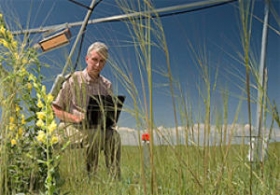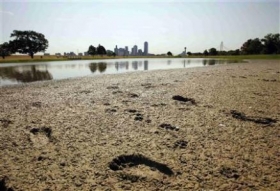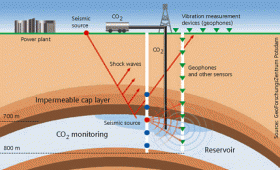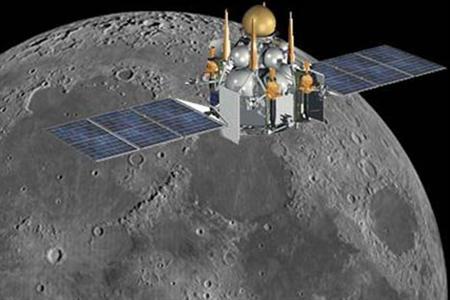 Rising carbon dioxide (CO2) levels can reverse the drying effects of predicted higher temperatures on semi-arid rangelands, according to a study published in the journal Nature by a team of U.S. Department of Agriculture (USDA) and university scientists.
Rising carbon dioxide (CO2) levels can reverse the drying effects of predicted higher temperatures on semi-arid rangelands, according to a study published in the journal Nature by a team of U.S. Department of Agriculture (USDA) and university scientists.
Warmer temperatures increase water loss to the atmosphere, leading to drier soils. In contrast, higher CO2 levels cause leaf stomatal pores to partly close, lessening the amount of water vapor that escapes and the amount of water plants draw from soil. This new study finds that CO2 does more to counterbalance warming-induced water loss than previously expected. In fact, simulations of levels of warming and CO2 predicted for later this century demonstrated no net change in soil water, and actually increased levels of plant growth for warm-season grasses.
“By combining higher temperatures with elevated CO2 levels in an experiment on actual rangeland, these researchers are developing the scientific knowledge base to help prepare managers of the world’s rangelands for what is likely to happen as climate changes in the future,” said Edward B. Knipling, administrator of the Agricultural Research Service (ARS), USDA’s principal intramural scientific research agency.
The results cover the first four years of the eight-year Prairie Heating and CO2 Enrichment (PHACE) experiment on native northern mixed grass rangeland. The study is being conducted by the ARS Rangeland Resources Research Unit (RRRU) at the High Plains Grasslands Research Station near Cheyenne, Wyo.
Source : ScienceDaily




































